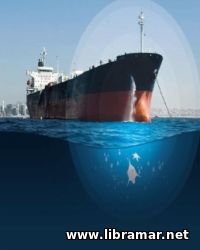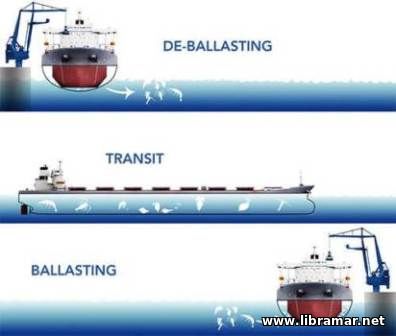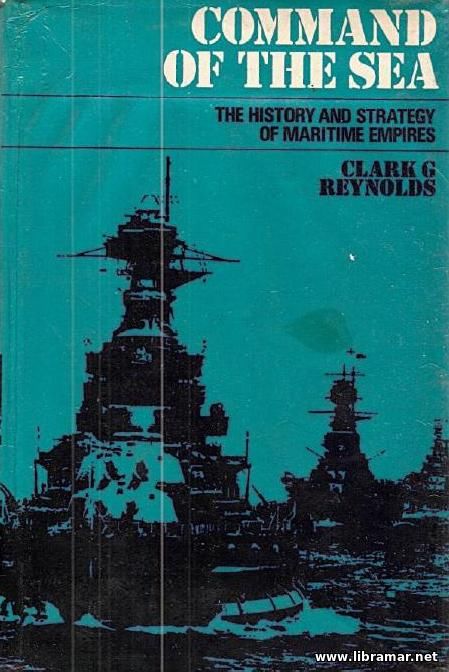What Is Ballast Water?

Generally, ballast water is water carried in ships' ballast tanks to improve stability, balance and trim. It is taken up or discharged when cargo is unloaded or loaded, or when a ship needs extra stability in foul weather. When ships take on ballast water, plants and animals that live in the ocean are also picked.
In this article we will try to give some small background to the ballast water management which is becoming an issue of higher and higher importance to the protection of the marine environment. International shipping has been identified as one of the key pathways for the movement of species between different eco systems. Organisms and pathogens found in the ballast water and sediments in ballast tanks have significant economic and ecological impact on marine biodiversity in many regions.
They can also potentially pose a serious threat to human health from the spread of diseases and species harmful to humans. Unlike some forms of ship-sourced environmental harm, the problem arises from the activity inherent to ship's operation. Currently, there is no entirely satisfactory means of preventing the transfer of species in ballast water.
Open sea ballast water exchange management techniques have raised some concerns about vessel and crew safety and the limits of the environmental effectiveness. In future, changes in vessel and ballast tank design and other technological developments may effectively address this concerns. Until then, we all have to do everything possible to minimize the risks associated with the ballast water operations. In 1973 IMO passed the resolution about research into the effective discharge of the ballast water containing bacteria of epidemic diseases.
In the late 1980-es and early 1990-es a number of IMO member states presented case study research and argued for international rules on this issue. In 1991 non-binding rules entitled Guidelines for Preventing Introduction of Unwanted Organisms and Pathogens from Ships Ballast Waters and Sediment Discharges were originally adopted. These rules were further developed and then adopted in 1993 by the IMO Assembly. In 1994 a working group began to examine the possibility of legally binding regulations.
They tried to address the ship and human safety issues. In 1997 the IMO Assembly adopted the Resolution A.868(20) which revised the earlier guidelines. In 2004 the IMO Assembly revised Resolution A.868(20) and adopted it as Convention. The IMO Resolution A.868(20) requires all officers and crew involved in ballast water management to receive proper training.
Every effort shall be made on board all ships to minimize the transfer of harmful aquatic organisms and pathogens. In addition, the ballast water management plans shall be developed on board every ship and followed in due manner. Subject plans shall be in the prescribed format. All ballast water operations taking place on board all ships shall be recorded as necessary.
The correct definition of ballast water management is to deal with treatment defined as a process or mechanical, physical, chemical or biological method to kill, remove or render infertile harmful or potentially harmful organisms within ballast water. Ballast water management involves precaution relating to the water uptake practices, as well as the use of alternative exchange zones, retention of ballast water on board ship and use of reception facilities or another approved method.
The "Read Later" function allows you to add material to this block with just one click. Just click on the icon and read the articles that interest you at any convenient time.


